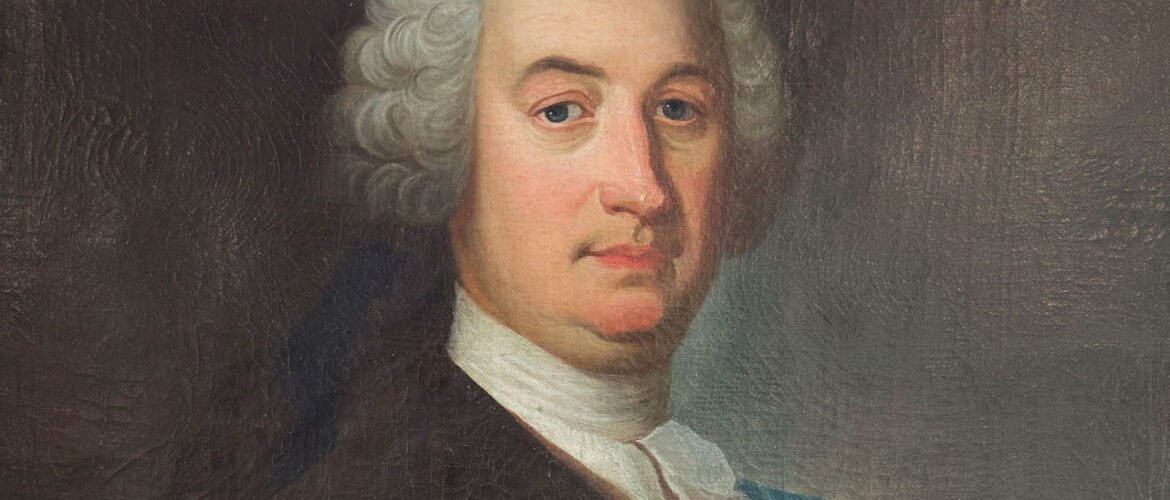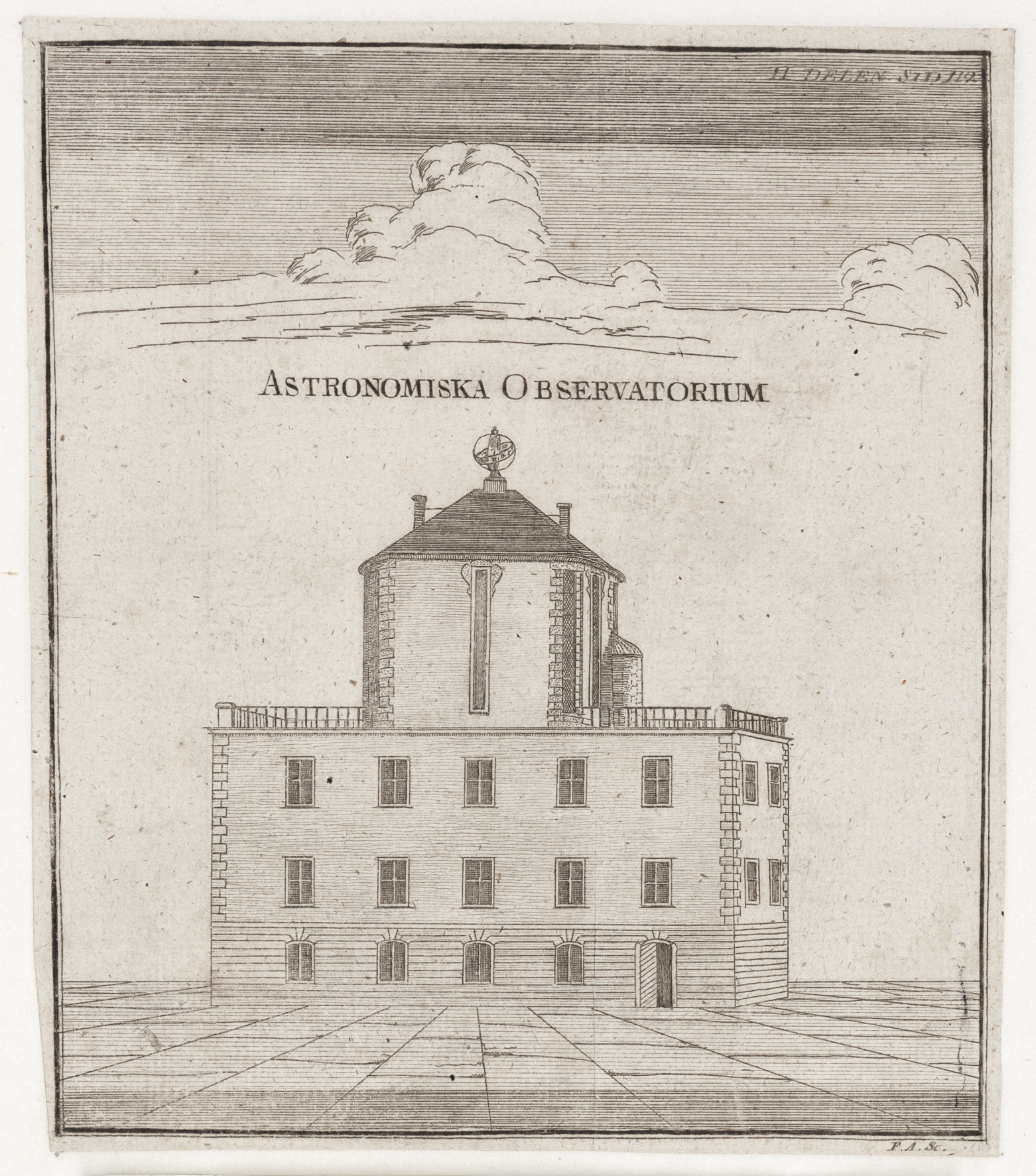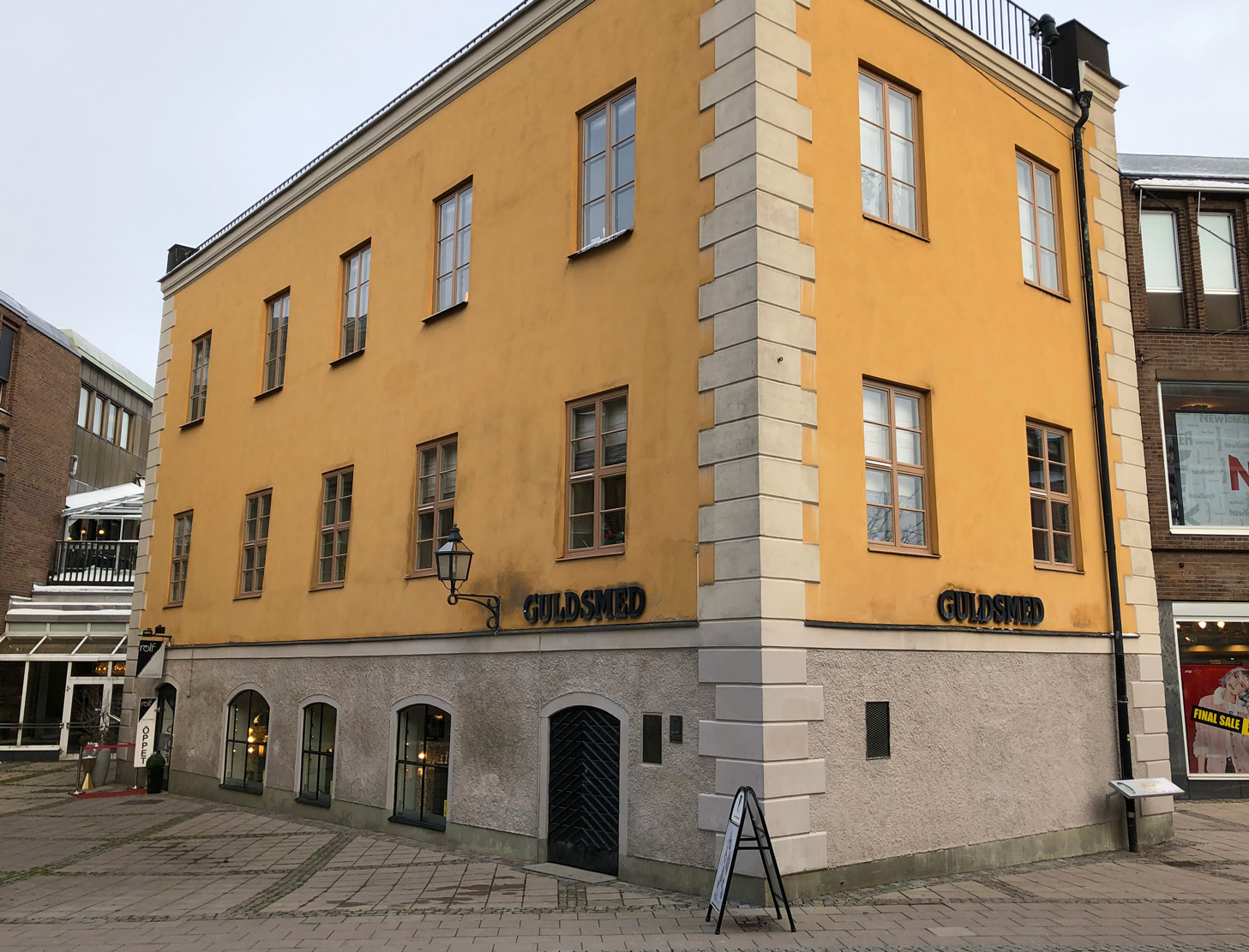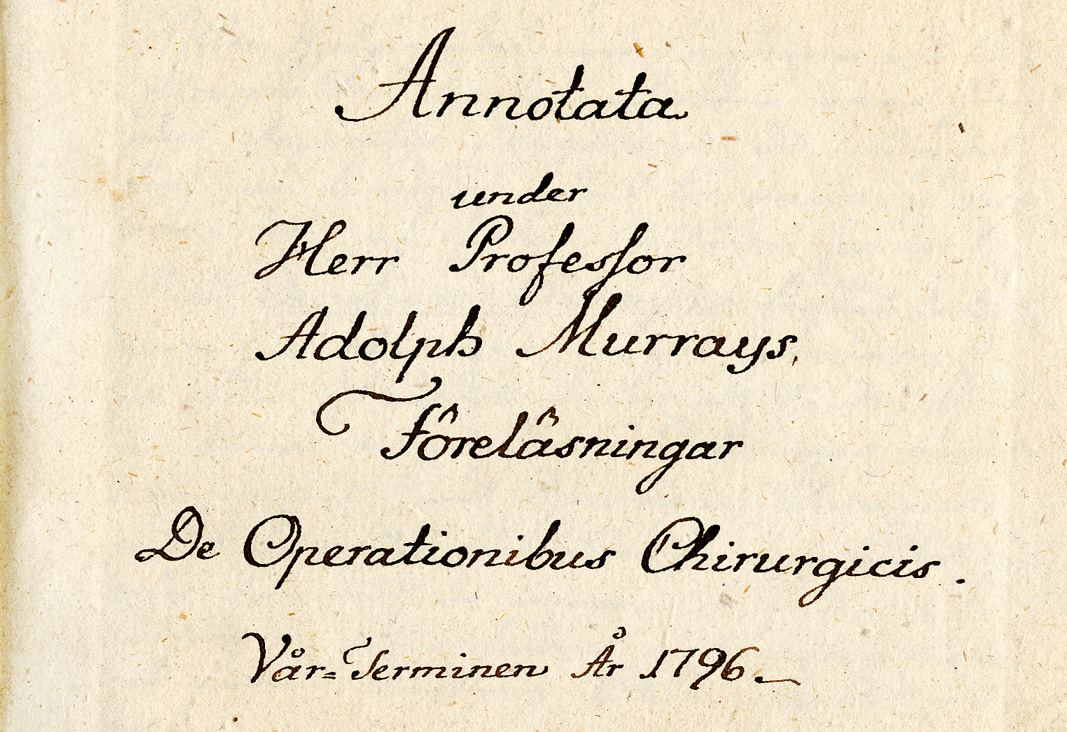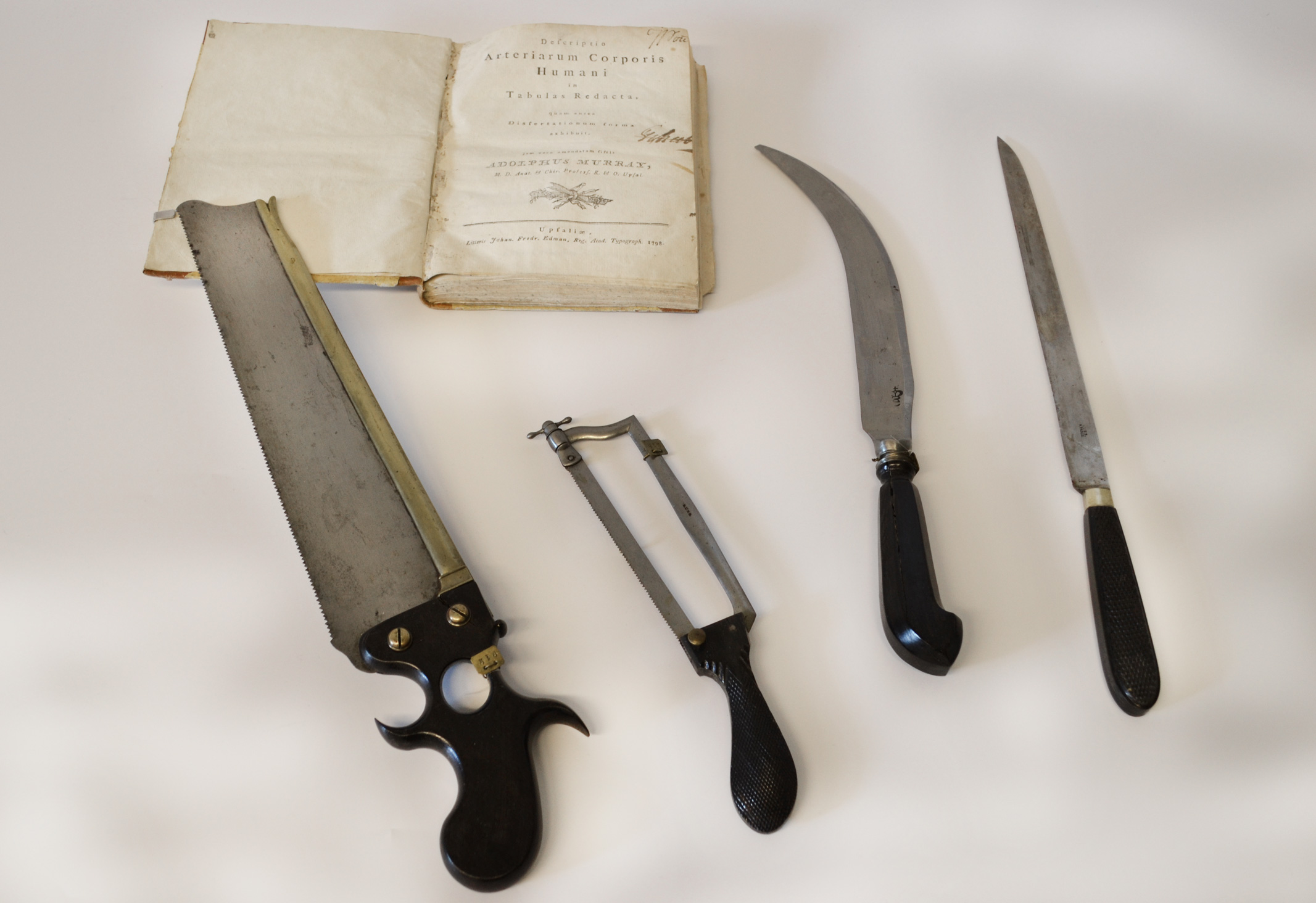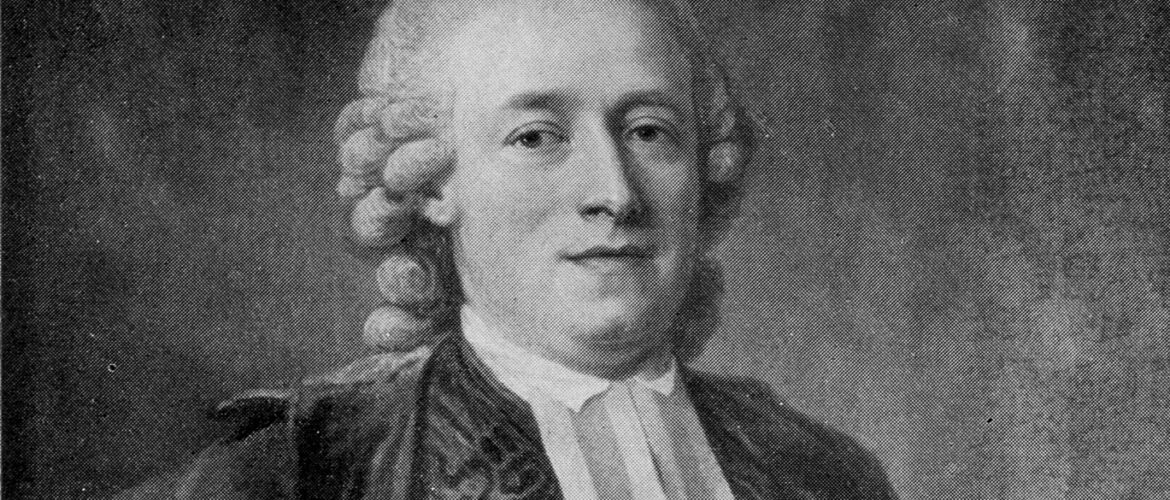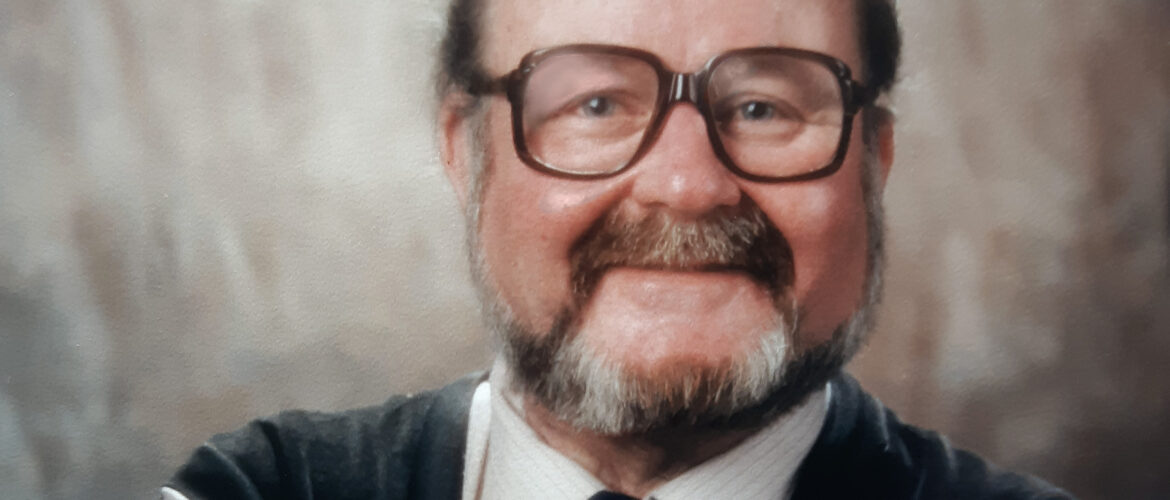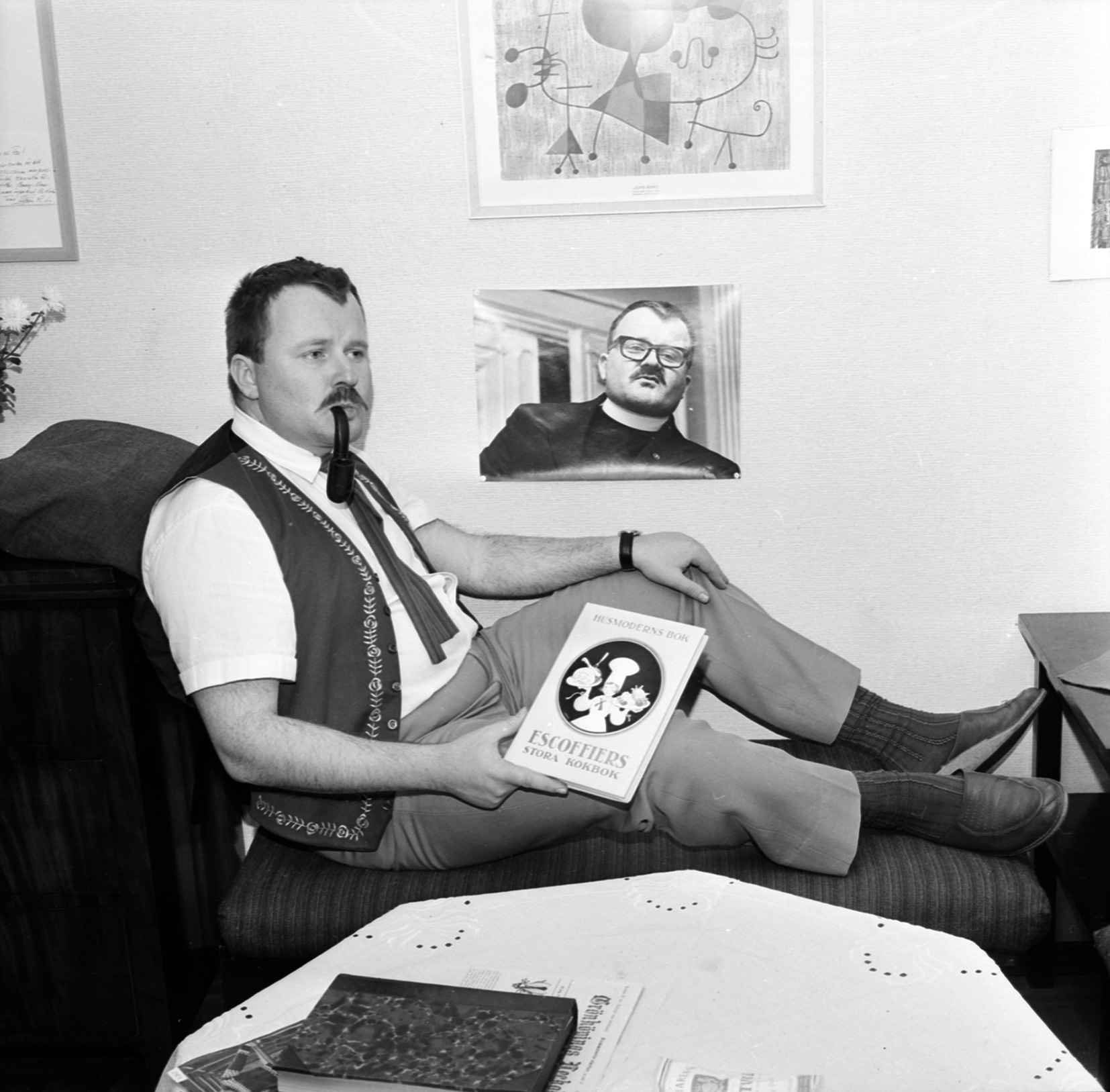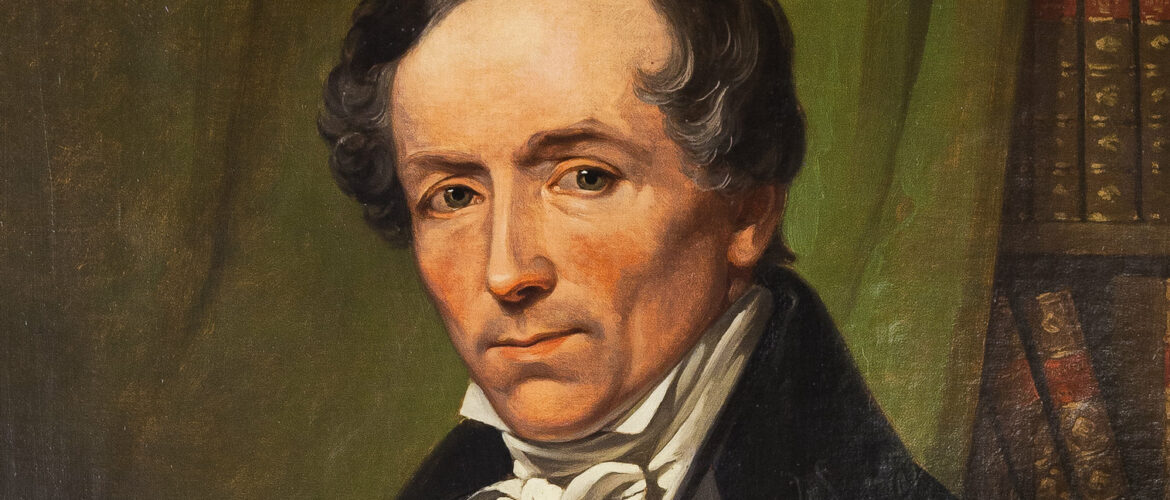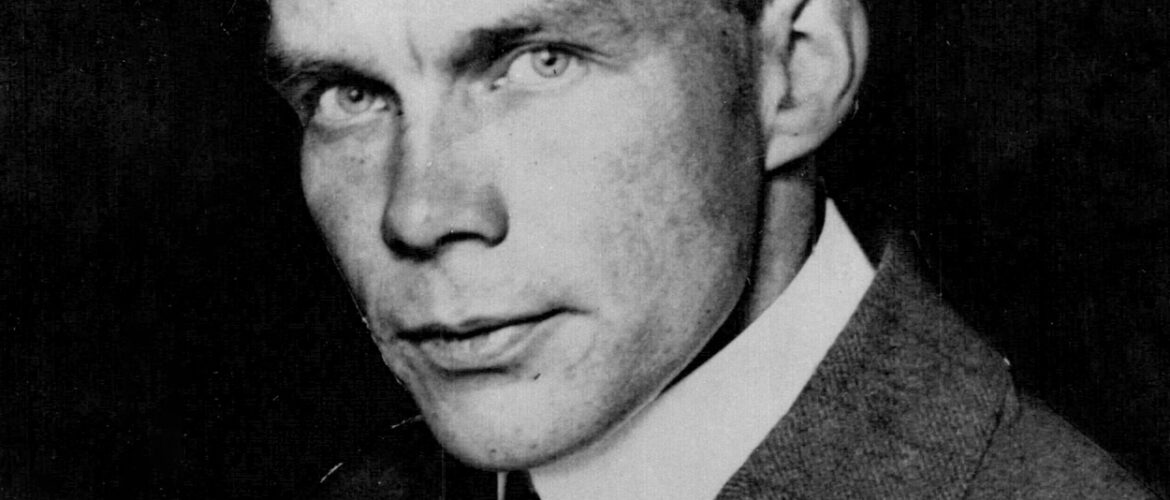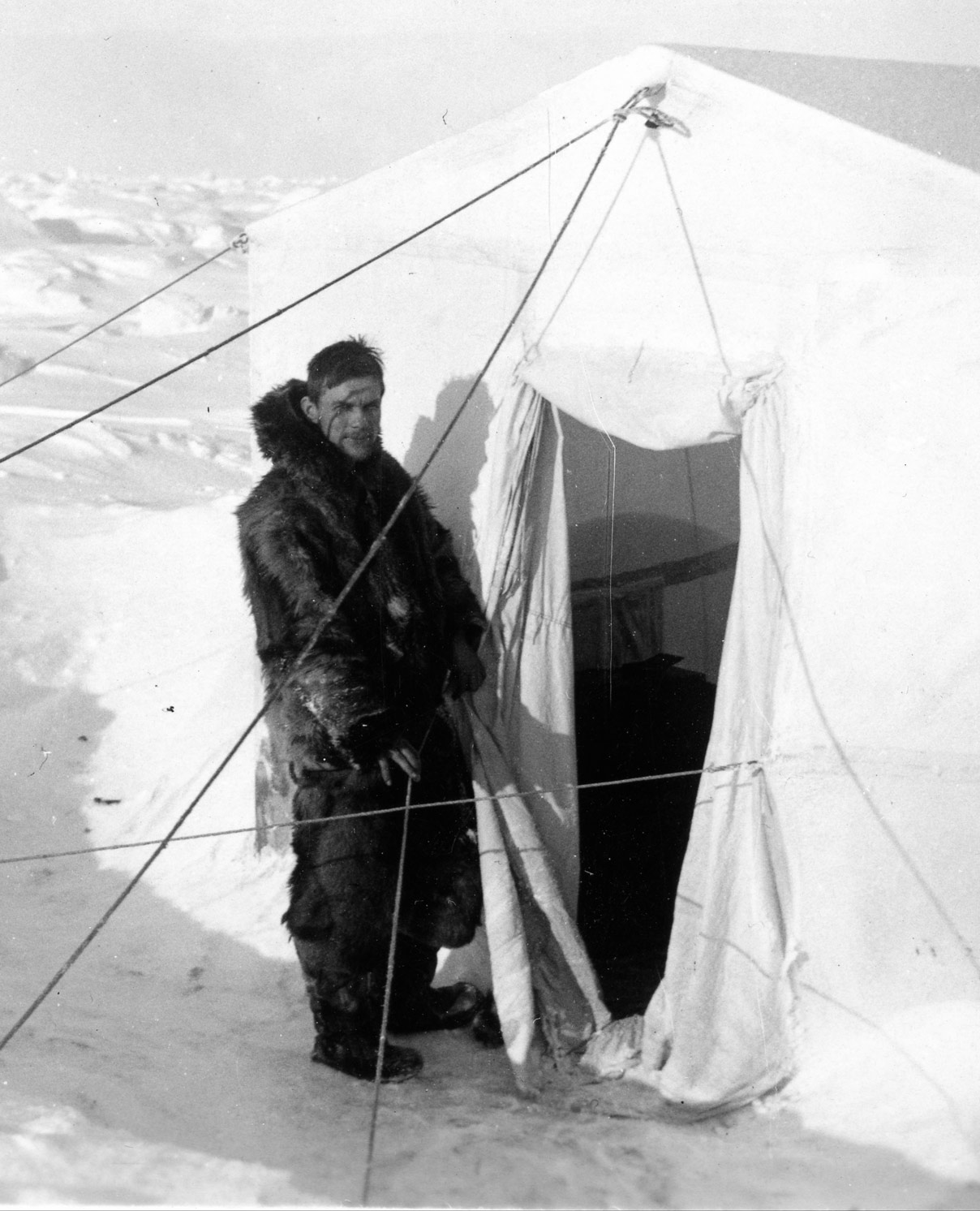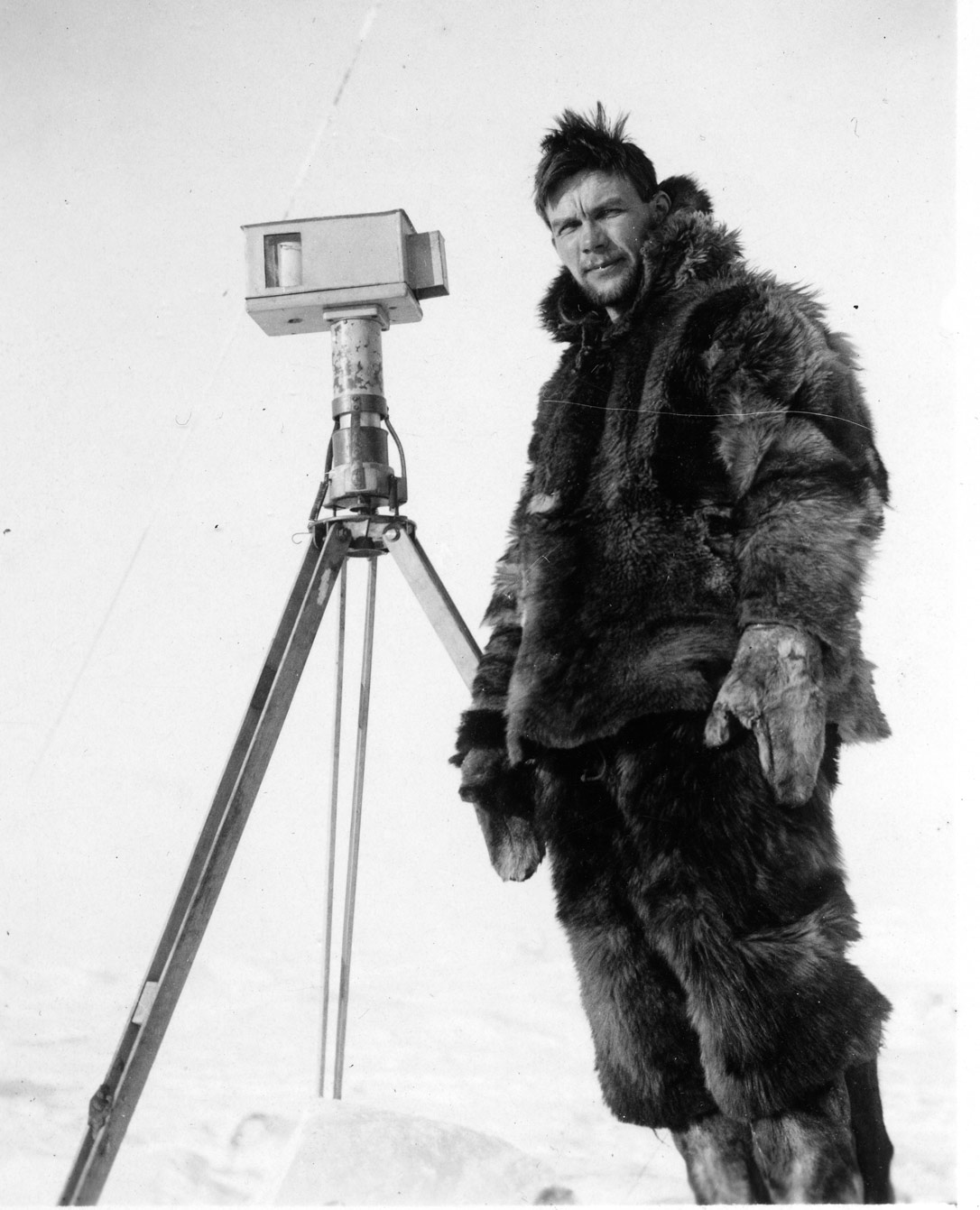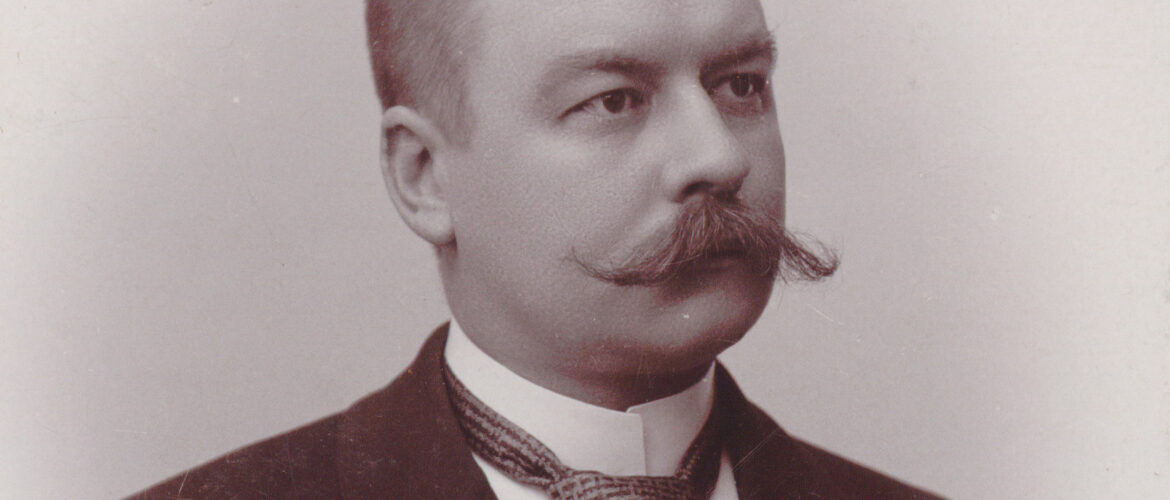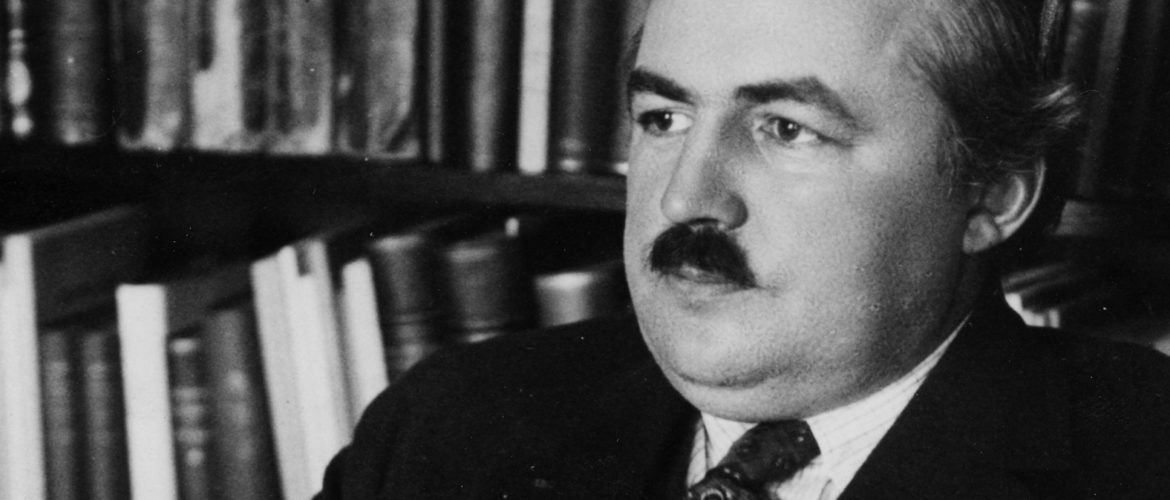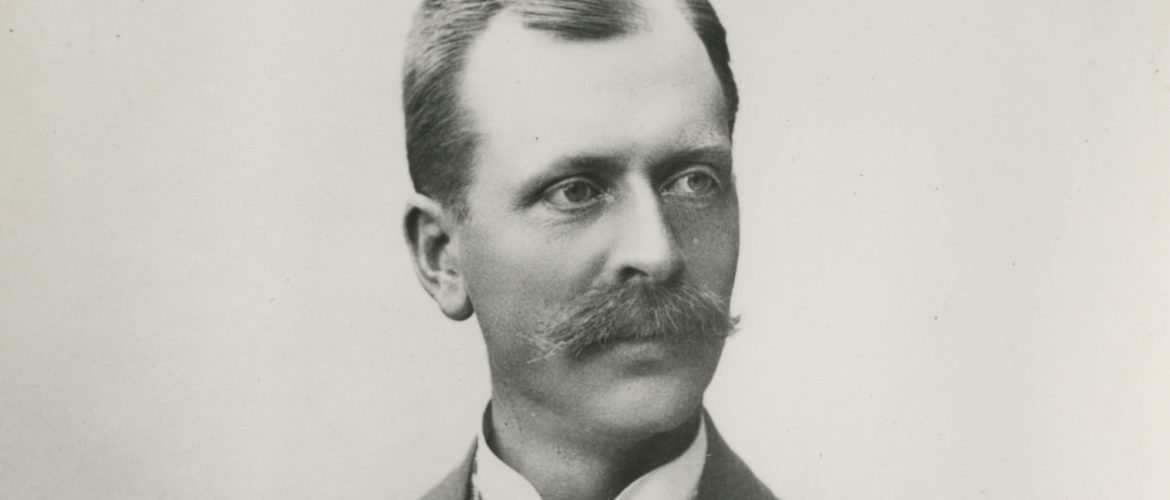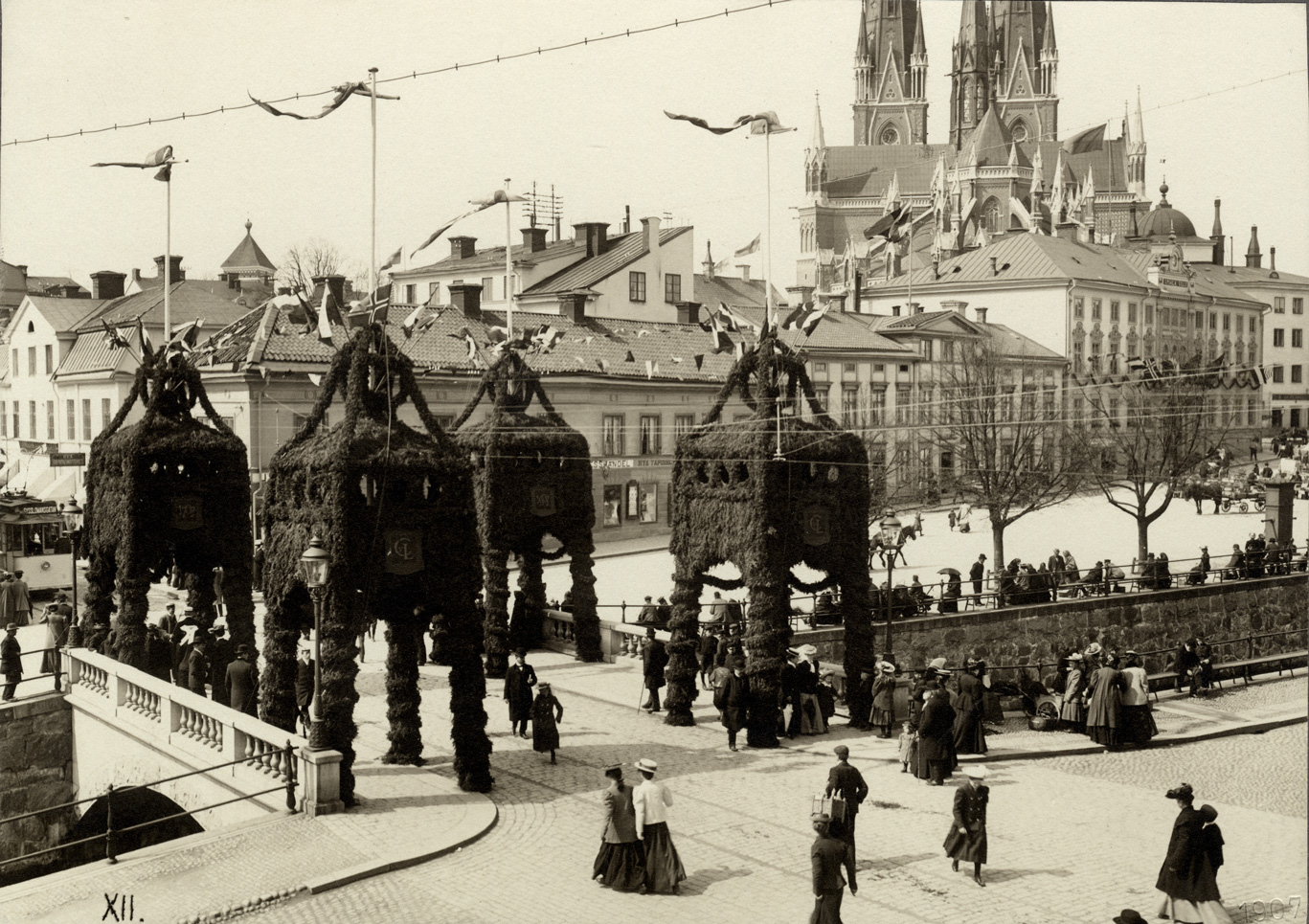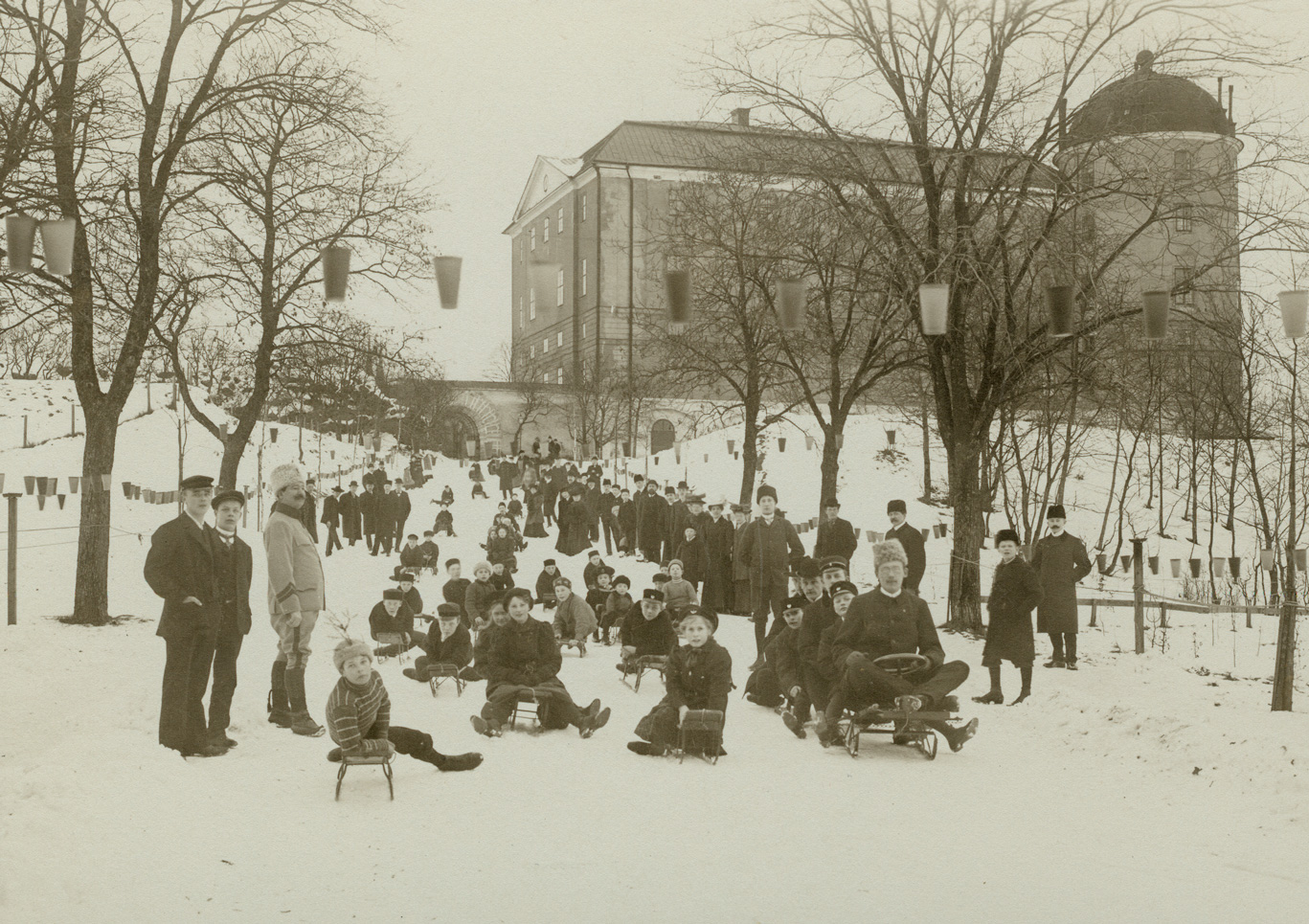1728-1797.
Astronomer, mathematician.
Fredric Mallet enrolled at Uppsala University in 1745, majoring in astronomy and mathematics.
In 1754, Mallet embarked on an educational tour of Europe, a journey that lasted 28 months. After his return, he was appointed observer at the Uppsala Observatory on Svartbäcksgatan in the St. Per district, a position he held for 16 years.
By the end of the 18th century, the Celsius Observatory had fallen into disrepair, but the building still stands in central Uppsala. Its location in the middle of the city did not make it particularly suitable for observations. The instruments trembled as the horse-drawn carriages moved along Svartbäcksgatan and the view was obscured by chimney smoke.
Astronomical Observatory, Uppsala. Engraver Fredrik Akrel. Illustration from Busser, Johan B., Utkast till beskrifning om Upsala, del 2, Uppsala 1769, p. 112. The house was completed in 1741. Photo: UUB.
In 1769, Mallet was commissioned by the Academy of Sciences to study the transit of Venus from Pello in the Torne Valley. Venusian transits, when Venus passes over the solar disk, used to be important from a scientific point of view. By studying the passage of Venus from several different locations on Earth, scientists were able to determine the distance between the Earth and the Sun.
In 1773, Fredric Mallet was appointed Professor of Mathematics, a position he held until 1794.
Burial site: 0109-0466
Image description: Portrait of Fredric Mallet. Painting by O. Arenius. Photo: Henrik Zetterberg. [The image is cropped]
Click here for an uncropped image

